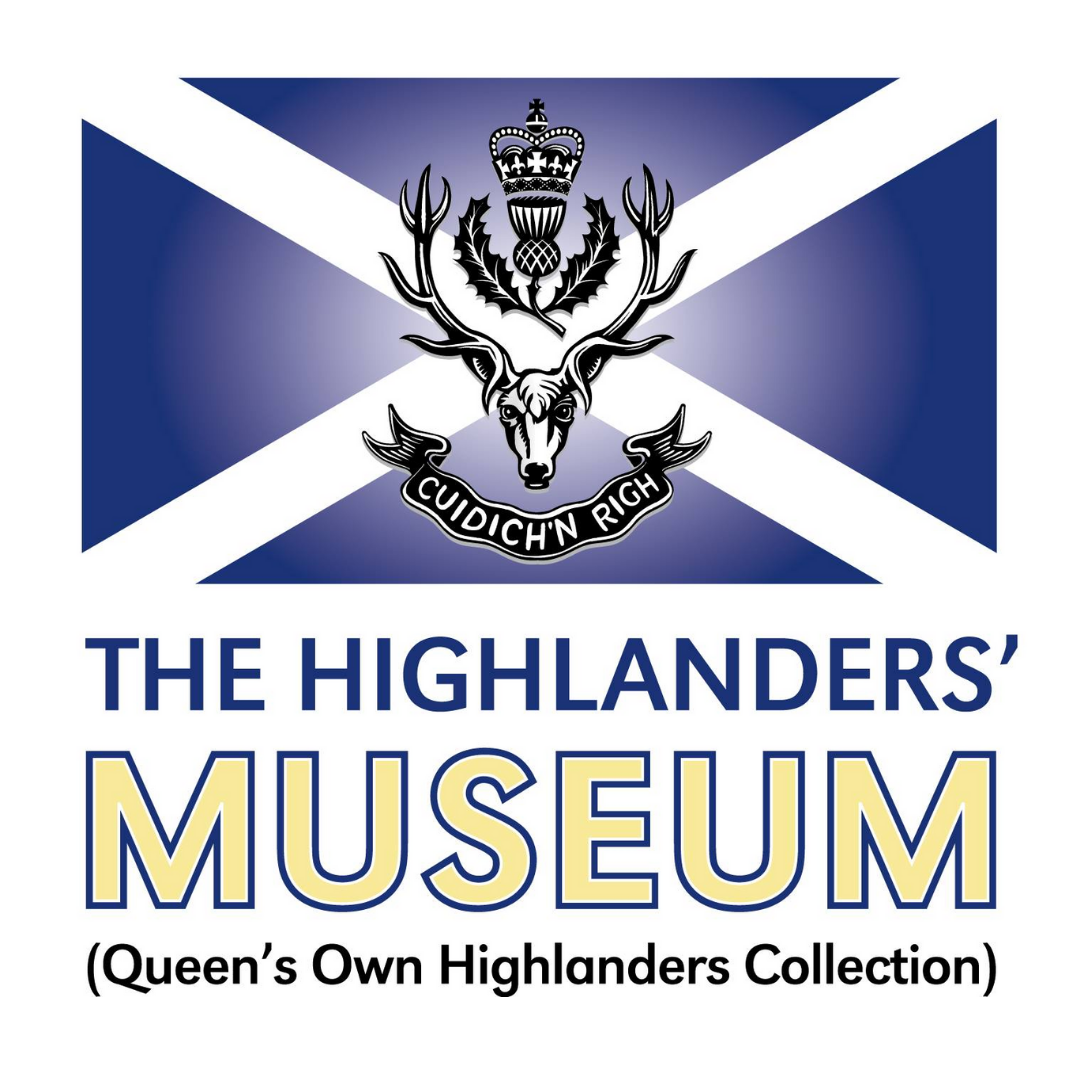The Person Behind the Portrait
Lieutenant Ian Munro MacLean MacAndrew, 1st Seaforth Highlanders
It can be easy to see a grand old oil painting, hanging from the wall of a prestigious museum, enveloped by an ornate, gold frame, and to think nothing of it. In museums and art galleries across the world, we are confronted by so many portraits of indifferent sitters that they come to seem somehow faceless. It would be impossible for every portrait to be accompanied by the sitter’s life story, although this would certainly help the viewer to understand how the painting has come to be. Afterall, portraits are often a prestigious and ceremonious way to commemorate a person, and it is likely that their story is worth hearing.
This blog is the first in a series of posts looking at The Person Behind the Portrait. The Highlanders’ Museum collection has a wealth of resplendent portraits, featuring the exceedingly well-known, such as Francis Mackenzie, 1st Baron Seaforth, to more obscure Officers, Generals, Majors and more. Each and every one of these portraits tells a story that is just waiting to be discovered.
“…portraits are often a prestigious and ceremonious way to commemorate a person, and it is likely that their story is worth hearing”
Our first Person Behind the Portrait looks at Lieutenant Ian Munro MacLean MacAndrew. One of the reasons that makes this portrait so interesting is of course, the man himself.
Born in East Haugh in Perthshire in 1891, Ian was the only son of Major John Maclean MacAndrew and Elsie Mabel MacAndrew of Delniesmuir, Nairn, descending from a line of Major-Generals and Lieutenant-Generals. From 1905 – 1910, he attended Winchester College where he was Head of his House, won the King’s Silver Medal for Latin Speech, and excelled in all outdoor games including football and running. He then attended New College, Oxford, from 1910-13 to study history, for which he received a Second-Class honours.
In 1913, he was gazetted to the Seaforth Highlanders with the rank of 2nd Lieutenant (antedated to September 1911), and posted to the 1st Battalion in Agra, India. We know from the Bond of Sacrifice collection that MacAndrew was fond of shooting – while stationed in India, it is likely that he was a member of Queen Victoria’s Cup Shooting Team, and is likely to appear in the top right of this photograph, taken in Agra in 1913. (Images courtesy of Bates & Hindmarch)
“MacAndrew fell whilst on his way to secure reinforcements.”
Following the outbreak of war, MacAndrew, together with Indian troops, was sent to France. There are very few details about MacAndrew’s death, however it is known that he was wounded at Neuve Chapelle on 7th November 1914, and was killed in action at Festubert on 23rd December 1914. He was just 23 years old.
During a German attack, his platoon was completely isolated – unsupported, he held his position and rallied troops from other units to drive the enemy out from the trenches. MacAndrew fell whilst on his way to secure reinforcements. His cousin, Lieutenant Colonel Robert Horn, wrote home the following day: ‘Ian was killed last night doing splendidly gallant work… Can you do anything to prepare them [his parents] for the terrible news?” MacAndrew’s body was never found, and he is commemorated on the Le Touret Memorial.
“Feather-light brush strokes and an impeccable sensitivity to the effects of light make this a particularly stunning work”
Sadly, we cannot identify the artist responsible for the painting. There is a signature in the bottom right-hand corner of the canvas, but it is currently illegible. Feather-light brush strokes and an impeccable sensitivity to the effects of light make this a particularly stunning work – notice how the warm sunlight reflects from the sitter’s hair, nose, and sword.
Interestingly, the artist has decided to add the Lieutenant’s medals, identifiable as the 1914 Star and bar and British War and Victory Medals. Having fallen in 1914, these medals would have been awarded to MacAndrew posthumously, indicating that the artist painted the portrait from the photograph sometime after the British War and Victory medals were instituted in 1919.
The portrait was likely painted from a photograph in the Bond of Sacrifice collection, which contains more than 16,000 biographies and portraits of men who served in the First World War. The original Bond of Sacrifice book has been digitised, and is available to view online – you can see the entry for Ian Munro MacLean MacAndrew here.
If you have any additional information that could improve this blog, we would love to hear from you – please email Freya at scotgrad@thehighlandersmuseum.com.
This portrait is available to buy as a reproduction on Art UK.





